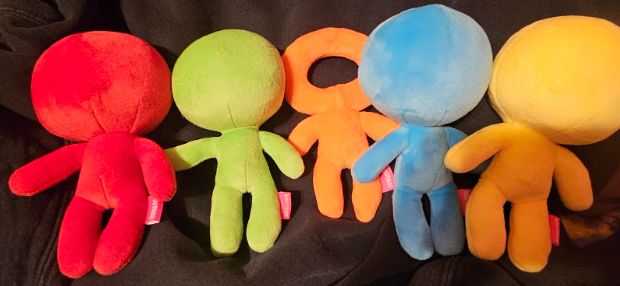The Skeleton Panda Sea Squirt is a kind of sea squirt recently discovered in 2018 in Japan by Naohiro Hasegawa. The creature looks somewhat like the skeleton of a fish and a panda at the same time, but is actually a sea anemone. The sea squirt attaches to rocks, shells, and hard surfaces to stay put under water, and when taken above the water, they will spray you with water, which is why they are given their name.
This animal is found in the Pacific Ocean and functions as a filter for the water. They help purify and keep the water clean. It brings water through siphons, clears them from the water, and feeds it. But that’s not all the sea squirt does; it also provides habitat for some animals and makes an ecosystem more diverse. This species is not harmful to the environment or its ecosystem in any way, and it does its own thing.
It has a see-through body with yellowish-orange spots and white rings that look like ribs on a skeleton, but the white parts that look like bones are their blood vessels. The animal looks like it has a panda face and has a tunic where it gets the structure from, so it is not just floating around aimlessly. As adults, like every other sea squirt, the Skeleton Panda sea squirt is sessile. This means they attach to one object and can move to another location, but they are always attached to something and use that as their home.
People around parts of Japan, China, India, and Europe actually eat sea squirts, as there’s a claim that it “reduces aging” or reverses it, but none of this has been proven to be true. There are many other claims about the sea creature as well. For example, some claim that it doesn’t exist and that it was faked. But just like the idea that they can reverse aging, it has not been proven yet.
Overall, this cute sea animal is not very well known but is loved by people who are interested in learning about it. They are adorable, unharmful, and extremely unique and interesting, which is why so many researchers like to find new information on the species every day.









































